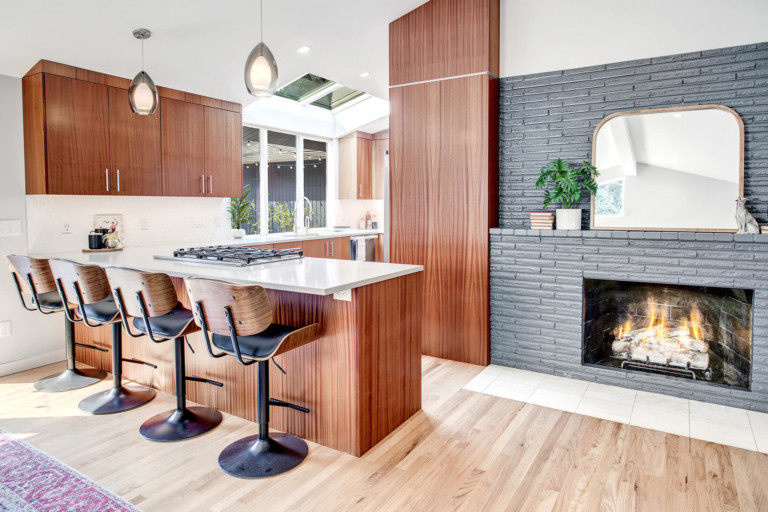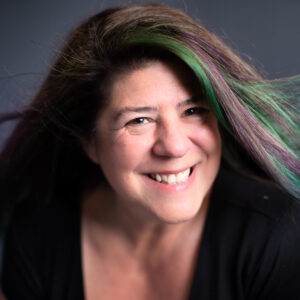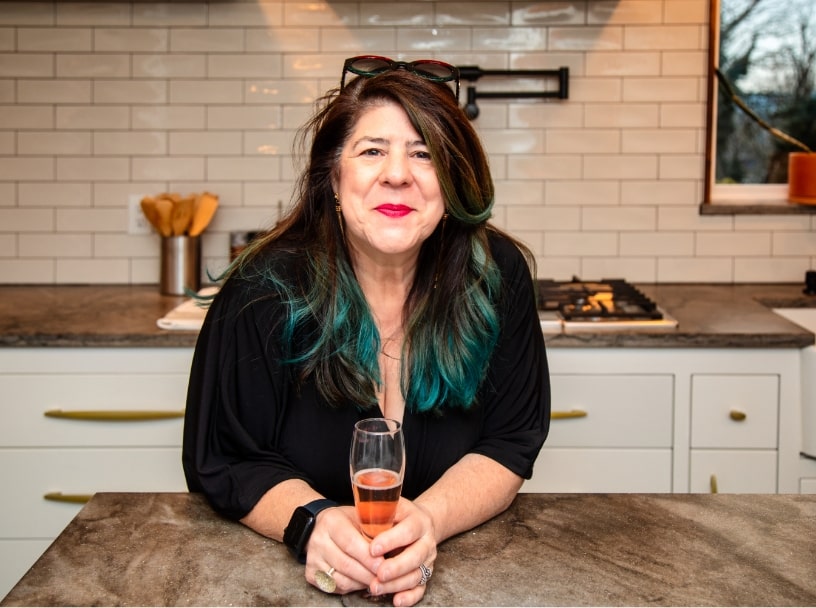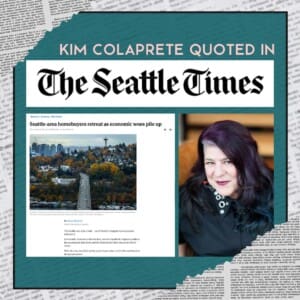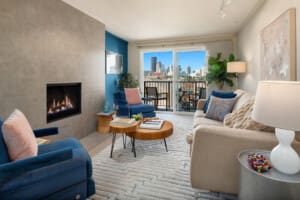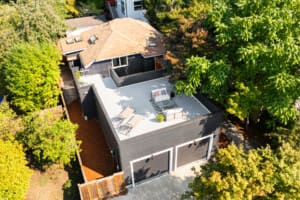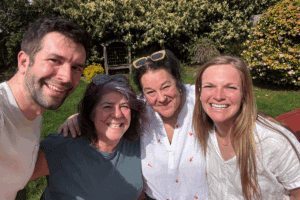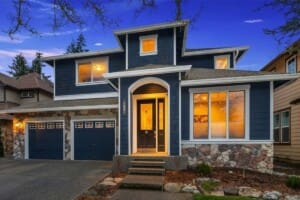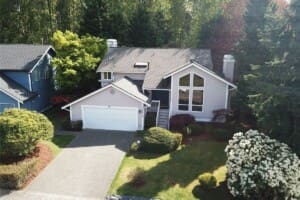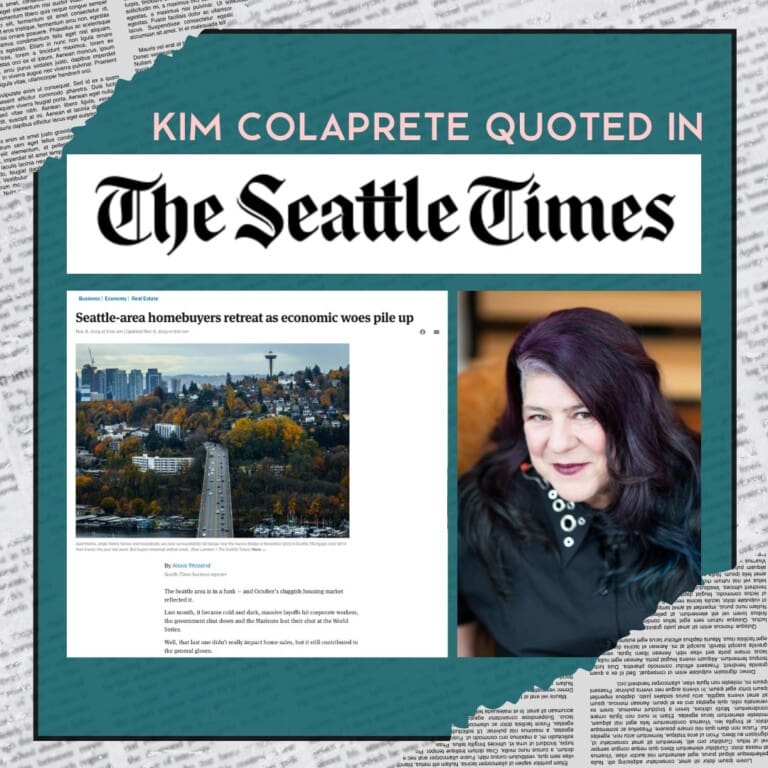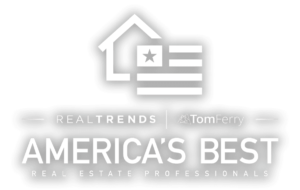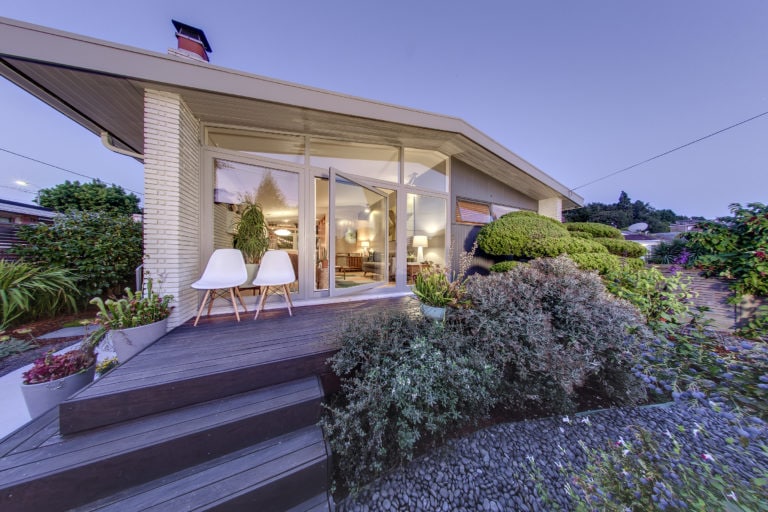There are several key design elements of Mid-Century homes in Seattle that make this style of home so special and unique. It’s no surprise that Mid-Century Modern homes are highly prized and sought after. These masterpieces not only offer excellent functionality and ease of living, but the influence of nature and natural elements in their design adds to their beauty and allure for many Seattleites.
Guide to Key Design Elements of a Mid-Century Home in Seattle
I absolutely adore Mid-Century Modern homes. As a top Seattle real estate agent, I’m also an expert at buying and selling Mid-Century homes. It also helps that I own two Mid-Century homes. I have intimate knowledge of what it’s like to live in, update, and maintain this style of home. In this video and blog post, I am diving into the specifics and the key design elements of a Mid-Century home in Seattle.
What Are the Key Design Elements of a Mid-Century Home in Seattle?
As I mentioned earlier, Mid-Century Modern home design is highly influenced by simplicity, easy of living, functionality, and natural elements. Here is a broader list of some of the design features of note:
Organic Elements Inspired by Nature
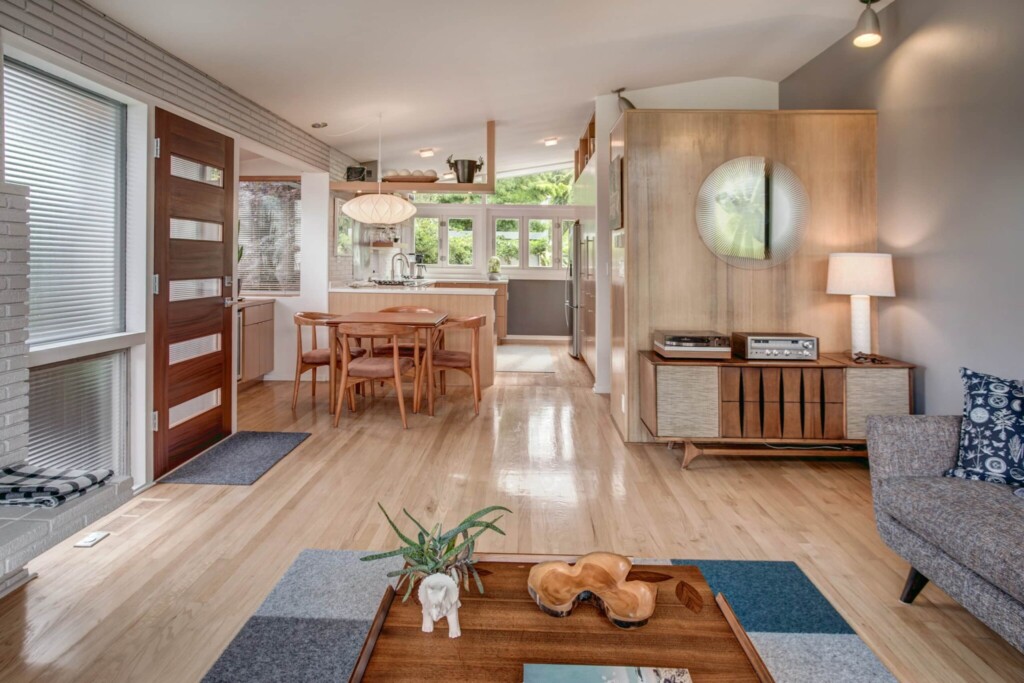
Organic elements in Mid-Century homes often mean heavy use of natural wood. The wood is almost always unpainted to keep the purity of its natural beauty. In the Pacific Northwest, you’ll find cedar and oak most commonly used. Teak and walnut are also sometimes used in higher-end homes as well. Cedar is usually used for siding since it ages well and is extremely durable, while oak is most commonly used for flooring or cabinetry. That said, our Seattle home (which we refer to as Chez Diva) had all custom made beech wood cabinetry when we bought it. I’ve also seen this in a few other places around the city.
Another natural element you often find used in MCM homes is stone. Slate entryways are super common in Seattle; our 1960s home has one. You can also find sandstone used for hearths or on the exterior of homes, and travertine or terrazzo flooring in some homes. However, this type of stone flooring is less common in Seattle than in warmer climates like California.
Large Floor-to-Ceiling Windows
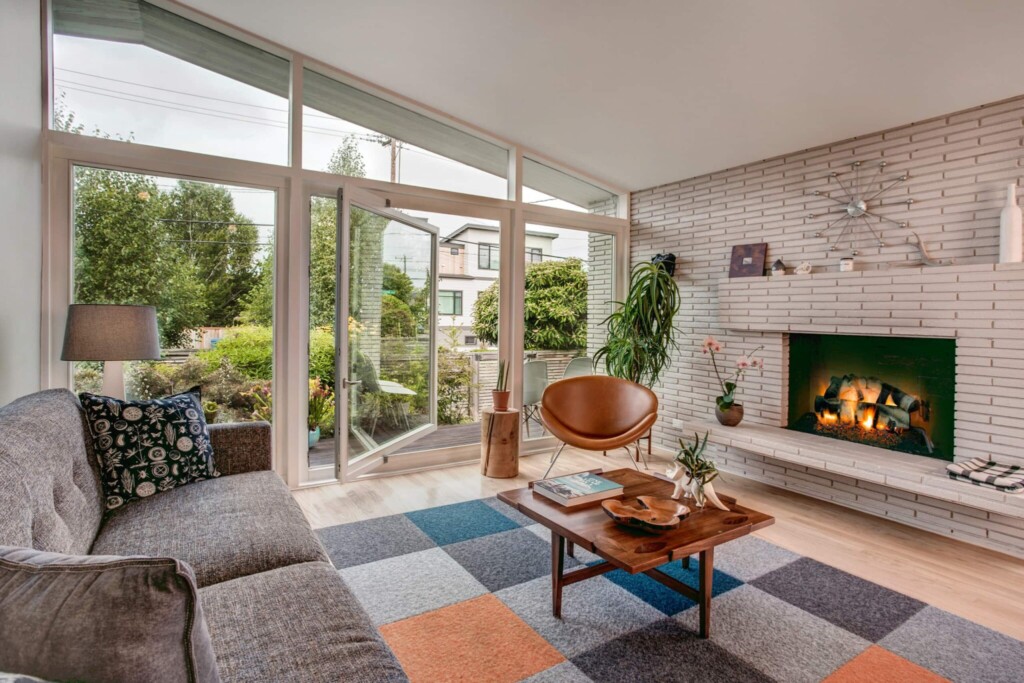
Since Mid-Century Modern design strives to bring the outside inside, what better way to achieve this than adding windows? You’ll often find lots and lots of windows that are large and often floor to ceiling. The Pacific Northwest leans heavily toward this design element. After all, we have incredible views, and these homes are often surrounded by greenery, woods, or green spaces. We also rarely experience extreme hot or extremely cold weather. Plus, I can tell you as a real estate agent for 25 years, the number one thing all buyers crave in Seattle is natural light. So the more windows the better!
Key Design Elements of a Mid-Century Home in Seattle Also Include Clean Lines and Minimal Ornate Elements

Simplicity is a key element of MCM design. So clean lines and lack of overly ornate moldings or cabinetry is a mainstay of Mid-Century homes. Most kitchen cabinets will be flat front designed made from solid wood. And Goddess forbid—crown molding will never (and should never!) be seen in a Mid-Century home! Moldings, interior doors fronts, baseboards—these elements will all be simple, clean lines.
Flat Roof or Low Slung Roof Line with Deep Eaves

While there are other architectural styles that feature low slung or low pitch rooflines, the flat roof became a staple of Mid-Century design in the 1950s and ’60s, mostly because it was cheaper to build. Also, this design element flowed easily into the minimalist nature of most Mid-Century Modern homes. In Seattle, low-slung or flat roofs with larger eaves are found in rambler or raised rambler-style homes. This element (a flat roof with large cantilevered overhanging eaves) is attributed to being designed by Frank Lloyd Wright. And a stunning example of how this translated into MCM design is Wright’s Laurent House which was built in 1949.
Focus on Functionality
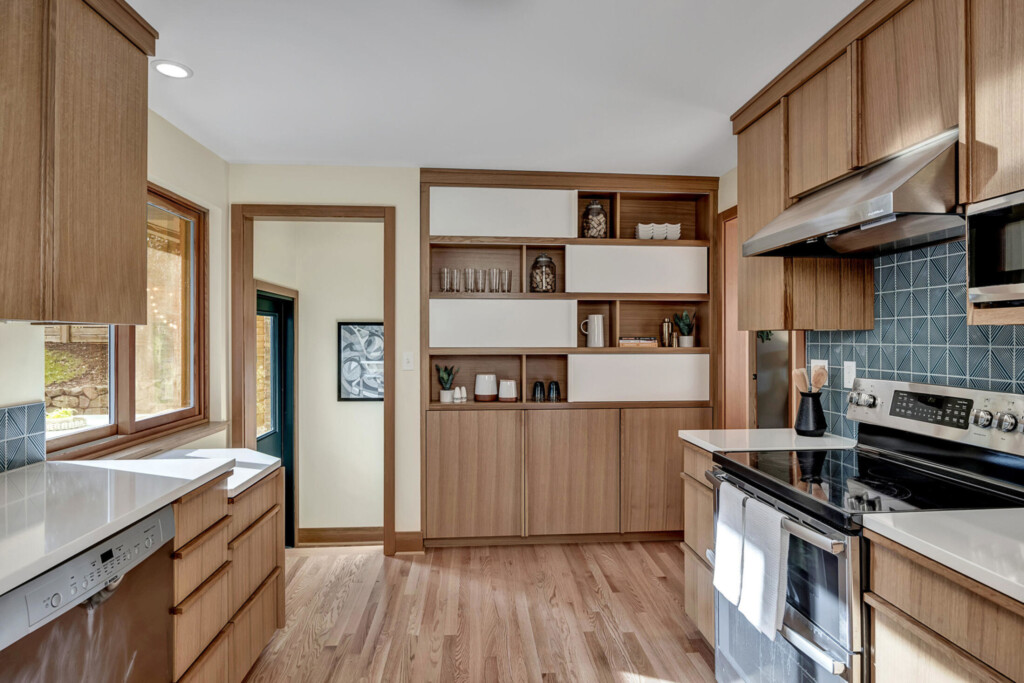
Simplicity, minimalism, and functionality were all key elements of Mid-Century design. Partial because these types of homes could be easily and cheaply built and were great for “family” living. Beyond the simplicity in the design features, there is also a focus on functionality of the home. Mid-century modern homes mostly were designed to have “circular” or “open floor” plans, with the kitchen in the center of the home. This allowed for more shared common areas and provided better space for folks to gather together.
Now You Know the Key Design Elements of a Mid-Century Home in Seattle
You’re well on your way to become a bit of a Mid-Century Modern home expert yourself! There are several elements, features, and design styles that make this type of home so unique and special. Organic elements (like gorgeous wood), large floor-to-ceiling windows that frame the outdoors, clean lines, soaring ceilings, and open floor plans are just a few of the common features in Mid-Century homes.
Would You Like to Learn More About Buying a Mid-Century Home in Seattle?
- Tips On Buying a Mid-Century Modern Home in Seattle
- Which Neighborhoods in Seattle Have the Most Unique Mid-Century Homes?
- What Are the Typical Styles of Mid-Century Modern Homes in Seattle?
- What to Know When Inspecting a Mid-Century Modern Home in Seattle?
We are here to help. Our team understands that this process can take a year or two. Give us a call. Our Team loves helping people develop a personalized listing plan for their homes. Feel free to contact us directly at thediva@teamedivarealestate.com or call/text 206-271-0264.
